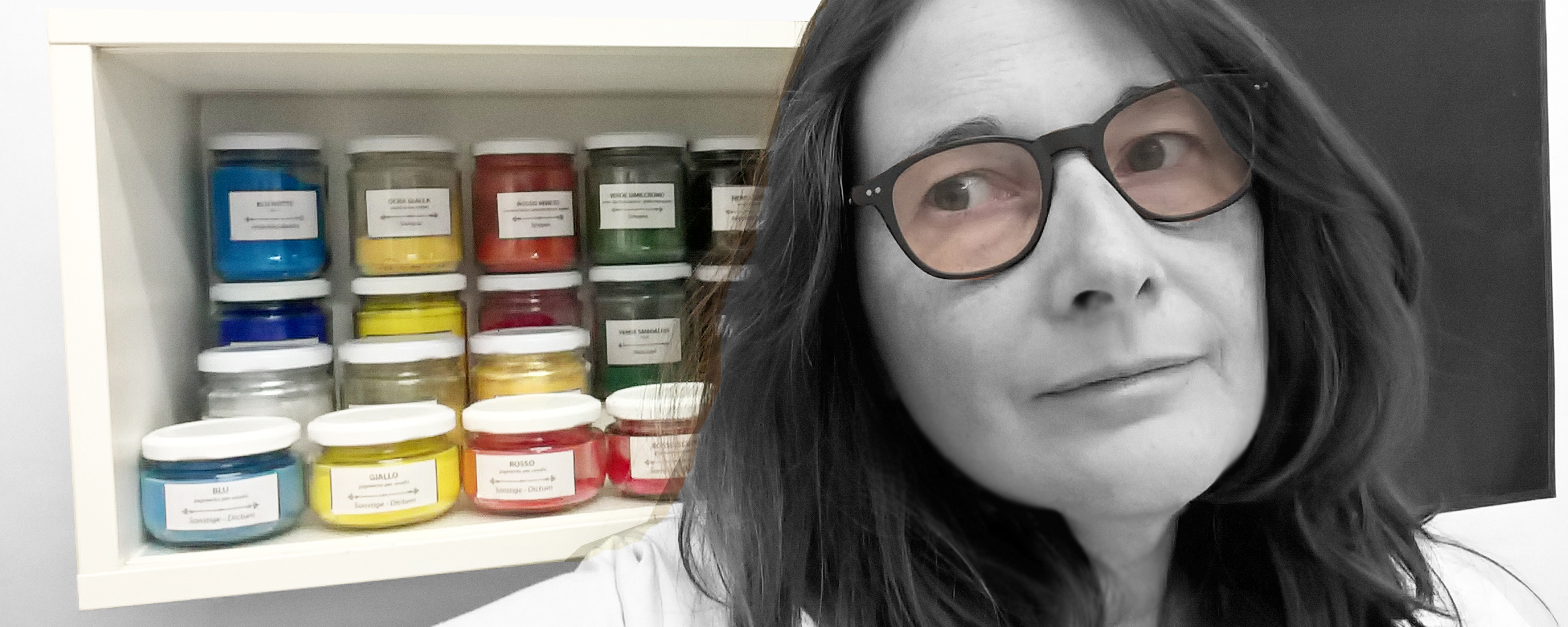About me
About me. I was born in Turin, a city in northern Italy. I am an extremely curious person who has made experimentation, study and research her modus operandi. I love to find solutions and I always like to take paths that lead me to new challenges.
Thanks to these characteristics I have decided to dedicate myself to the conservation and restoration of artworks because I think the restorer is a profession that allows me to grow many of my skills: love for art, knowledge of artistic techniques, the study of materials and the scientific approach, combined with a good dose of organization and analytical spirit.
The passion for Japan
My passion for Japan has distant roots and comes from the interest in the anime I grew up with. I discovered, through poetry within H. Miyazaki Anime Movies a world made of legends and traditions.
Through legends and traditions, the interest in urushi lacquer has ignited in me. A centuries-old artisan tradition which, thanks to the skill of the master lacquers, has allowed me to learn about a technique, handed down from generation to generation.
Combined with this the tension towards perfection, the continuous search for self-improvement through increasingly refined gestures and procedures, make lacquering a sort of meditative activity for me.
The discovery of urushi
My “conscious encounter” with the lacquer world took place during the drafting of my degree thesis. My research subject was focused on archaeological woods (5th-3rd century BC) belonging to a funerary equipment of the Chu Kingdom (central southern China).
The preparation of urushi lacquer samples, useful for the study of surface degradation processes, kindled in me a deep interest for this material.
I discovered how lacquer, obtained from the latex of a plant, is a material that, in addition to entering into all the decorative steps of objects (from the preparation layers to the final coatings), can be used on any type of support (from metal to fabrics). In my opinion, these characteristics make lacquering a technique that has no equivalent among the materials used in other artistic techniques. It also represents an artistic technique that was born in the Neolithic (6000 BC), another feature that cannot be found in the others.
Studying the lacquers
After graduation, I had the opportunity to carry out a post-graduate internship at the Oriental Art Museum in Turin, in which I was able to analyze in detail 70 lacquered objects of Japanese manufacture (inrō, netsuke, suzuribako and others) identifying, thanks to the use of a stereomicroscope, the different decorative techniques used (raden, nashiji and different types of maki-e).
Lacquer conservation
As my interest in lacquer increased, I had the need to learn about the conservative approach to the restoration of lacquered objects by Japanese articrafts.
It was immediately obvious to me that the conservation needs of lacquer objects required special interventions. Reason why sometimes the materials used in Western restoration may be inadequate.
Over the years I have worked on many lacquered objects both for private clients and public institutions, including a beautiful Japanese palanquin (onna-norimono 18th-19th centuries) and various samurai armors on which, when possible, I started to use the Japanese conservative methods.
Art lacquer
So for some time I have started an experimentation in my studio on the creation of lacquered surfaces on wooden objects according to different techniques.
The purpose of this experimentation is for me to be able to realize application of urushi art in modern design objects, the reason why UrushiLAB was born.
To find out more about me, please follow me on UrushiLAB pages.


